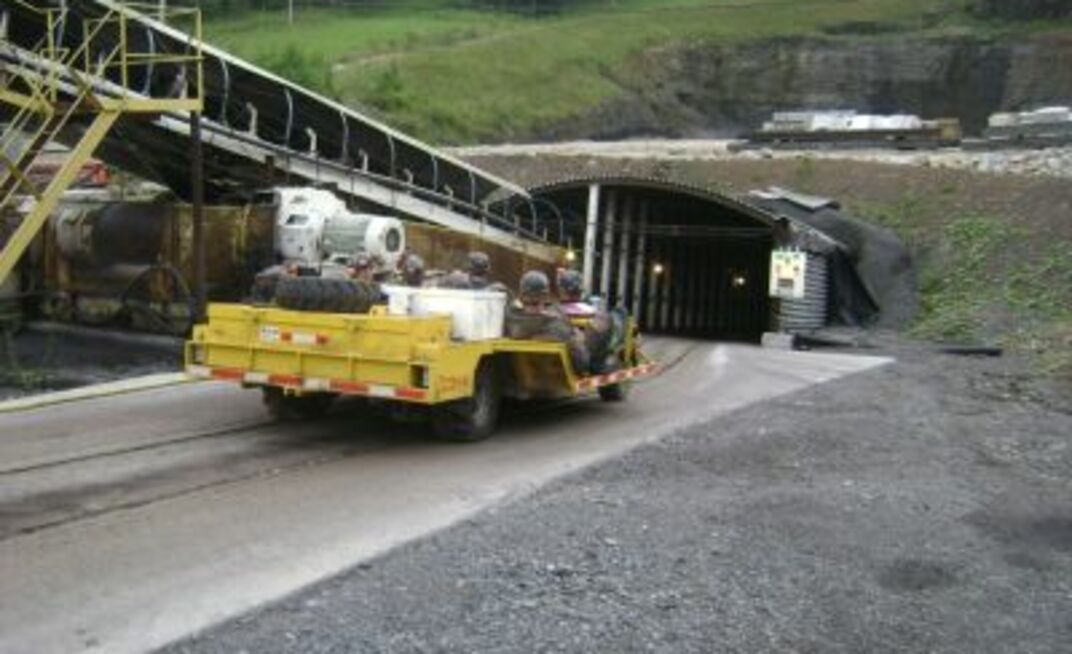Published in the August 2010 Coal USA Magazine
From its inception, coal mining has used rail vehicles to transport lump coal, equipment and miners. As the industry has evolved, so have the underground vehicles.
No longer are underground vehicles restricted by track infrastructure; they are now free to maneuver throughout the mine on rubber tires. As mines have grown to multiple sections, a need has developed for rubber-tired vehicles that can move from section to section quickly and easily.
Just as transportation in the US evolved from rail to automobiles all those years ago, a similar change is happening in underground mining as using rubber-tired vehicles for haulage becomes more popular. One key reason is the elimination of the upfront investment associated with rail, including the installation and continuous maintenance of track infrastructure.
Even rubber-tired units have been through a metamorphosis; early battery-powered personnel carriers used golf cart components in their assembly. However, the harsh mining environment quickly reminded operations that a larger and more robust design was imperative to the efficiency of production and safety of miners.
From that came the birth of the Damascus Lil’ MAC, an electric car solution that incorporated heavy-duty design with a low-profile package.
“The success of this versatile little vehicle brought an awareness of the need for a slightly larger, mid-sized carrier,” the company said.
The MAC-8 battery-powered transporter was added to its line in 1987 as an eight to ten-man personnel carrier.
Today, as production needs increase underground, a well-designed personnel carrier for mining includes a higher load capacity as well as the ability to carry more people and materials. Also, an array of coal seam heights across the nation’s mines have resulted in the need for specialized options and configurations that work in specific operations.
Aside from the battery-powered options, Damascus grew its operations by introducing various diesel transporters that can carry 2-14 passengers, and expanded battery-powered units to hold 2-13 miners and use AC brushless motors.
Its newest unit, the 96-volt MAC-12-AC, was recently put online at the Greenbrier complex, a mine with an 8.5-degree concrete slope. Mine management said the unit was the best solution not only from a cost-efficiency standpoint, but also because of the vehicle’s low maintenance requirements.
“The regenerative braking charges the 96-volt battery pack as a crew of 13 men safely descends down the 1600-foot slope,” the company said, noting that extra stopping power was achieved with front and rear enclosed wet disc brakes.
The service brakes on the new unit, the mine reported to Damascus, are rarely needed, even on the descending slope. Additionally, the brushless AC motor, at 15 horsepower, helps power the carrier up the slope four times each shift change.
“Before the MAC-12, miners at Greenbrier were walking down the slope, taking their time to safely maneuver the steep grade,” the company explained.
“Now that time can be used to increase efficiency and productivity. Greenbrier recognized the saving in utilizing rubber-tired vehicles where track installation would have delayed transportation for the miners and added an infrastructure requiring constant maintenance.”

























